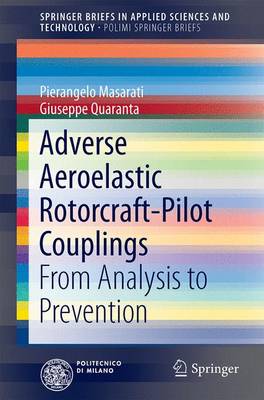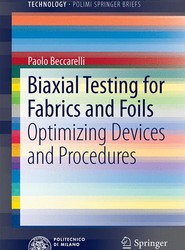(To see other currencies, click on price)
MORE ABOUT THIS BOOK
Main description:
The objective of this Brief is to provide a solution to the unsolved technical problem in segmentation for the automated bone age assessment system. The task is accomplished by first applying the modified histogram equalized module, then applying the proposed automated anisotropic diffusion technique. It is followed by a novel fuzzy quadruple division scheme to optimize the central segmentation algorithm, and then an additional quality assurance scheme. The designed segmentation framework works without demanding scarce resources such as training sets and skillful operators. The results have shown that the designed framework is capable of separating the soft-tissue and background from the hand bone with high accuracy. This Brief should be especially useful for students and professional researchers in the Biomedical and image processing fields.
Contents:
1 Introduction
1.1 Introduction
1.2 Background of the problem
1.3 Problem statements
1.4 Objectives of the book/brief
1.5 Scopes
1.6 Provided information and insights
1.7 Book Organization
2 The conventional segmentation methods
2.1 Introduction
2.2 Thresholding
2.2.1 Global Thresholding
2.2.2 Adaptive Thresholding
2.2.3 Dynamic Thresholding
2.2.4 Automated Thresholding
2.2.5 Summary
2.3 Edge-based
2.3.1 Edge Detectors
2.3.2 Edge linking
2.3.3 Summary
2.4 Region-based
2.4.1 Seeded Region Growing
2.4.2 Region Splitting and Merging
2.4.3 Summary
3 The advanced segmentation method
3.1 Hybrid-based
3.1.1 Watershed Segmentation
3.1.2 Summary
3.2 Deformable Model
3.2.1 Active Contour Model
3.2.2 Active Shape Model
3.2.3 Active Appearance Model
3.2.4 Summary
4 The possible solution
4.1 Introduction
4.2 The Proposed Segmentation Framework
4.3 Pre-processing
4.3.1 The Proposed MBOBHE
4.3.1.1 Modeling of Criteria as Single Modal Objective Beta Function
4.3.1.2 Optimal Solution of the Aggregated Multiple Objectives Function
4.3.1.3 Histogram Decomposition
4.3.1.4 Execution of GHE on Each Sub-Histogram
4.3.2 The Application of Anisotropic Diffusion
4.3.2.1 Parameter-free Diffusion Strength Function 4.3.2.2 Automated Scale Selection
4.4 The Proposed Adaptive Crossed Reconstruction (ACR) Algorithm Design
4.4.1 Clustering Algorithm Applied in the Proposed Segmentation Framework
4.4.2 Automated Block Division Scheme in Adaptive Segmentation
4.4.2.1 The Framework of the Proposed Scheme
4.4.2.2 The Mechanism of the Automated Fuzzy Quadruple Division Scheme
4.5 Quality Assurance Process
4.5.1 Gray Level Intensity of Interest Identification for Elimination
4.5.2 Hand Bone Edge Detection Technique Using Entropy
4.5.3 The Area Restoration and Elimination Analysis
4.6 Summary
5 Result analysis and discussion
5.1 Introduction
5.2 Performance Evaluation of the Proposed MBOBHE
5.3 Anisotropic Diffusion in the Proposed Segmentation Framework
5.4 Segmentation Evaluation
5.4.1 User-specified parameters
5.4.1.1 Active Appearance Model 5.4.1.2 The Proposed Framework
5.4.1.3 Interpretation
5.4.2 Segmentation Accuracy
5.4.2.1 Evaluation on Automated Fuzzy Quadruple Division Scheme
5.4.2.2 Evaluation on Quality Assurance Process
5.4.2.3 Accuracy Evaluation of the Proposed Segmentation Framework
5.5 Summary
6 Conclusion and Recommendation
6.1 Conclusion
6.2 Future works
PRODUCT DETAILS
Publisher: Springer (Springer Verlag, Singapore)
Publication date: June, 2013
Pages: 148
Weight: 237g
Availability: Available
Subcategories: Biomedical Engineering, Radiology
From the same series





































